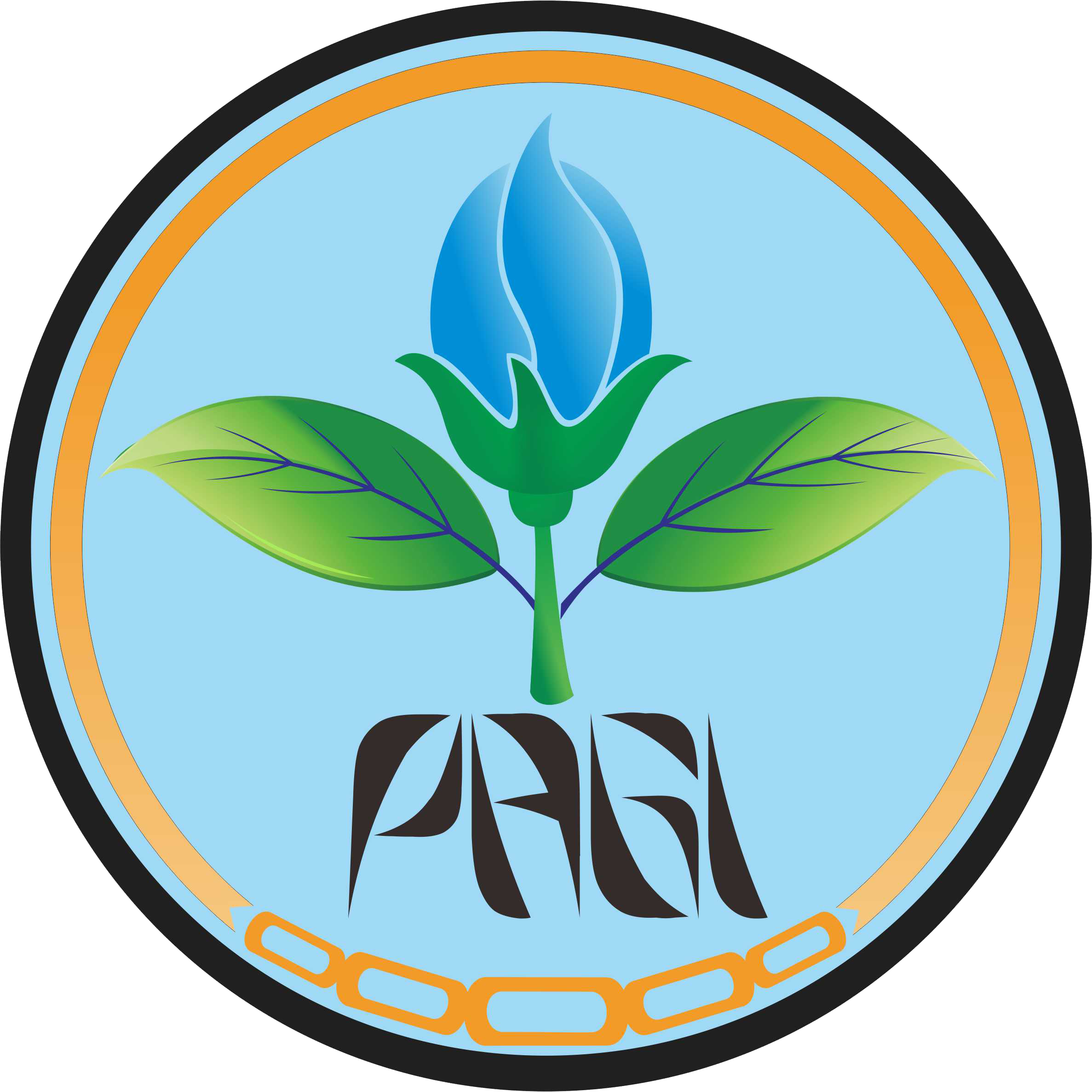Peran Solarisasi Tanah terhadap Pertumbuhan Patogen Tular Tanah dan Populasi Mikroba Tanah
Abstract
Keywords
Full Text:
PDF(ID)References
Al-Shammary ABG, Kouzani A, Gyasi-Agyei Y, Gates W, Rodrigo-Comino J. 2020. Effects of solarisation on soil thermal-physical properties under different soil treatments. Geoderma. 363: 1-17.
Aryantha IP, Cross R, Guest DI. 2000. Suppression of Phytophthora cinnamomi in potting mixes amended with uncomposted and composted animal manures. Phytopathology. 90(7):775–782.
Cicu. 2005. Penekanan penyakit akar gada pada tanaman kubis melalui perlakuan tanah pembibitan. J Hortikultura. 5(1): 58-66.
Charirak P, Saksirirat W, Jogloy S, Saepaisan S. 2016. Integration of soil solarization with chemical and biological control of stem rot disease of Jerusalem artichoke. J Pure Appl Microbiol. 10(4): 2531-2539.
Dania CO, Henry EU. 2022. Pathogenicity of Sclerotium rolfsii isolates causing stem and root rot disease of cowpea (Vigna unguiculata (L.) Walp) and Management Using Trichoderma Species. Agrivita. 44(1):105-118.
Diaz-Lopez M, Gracia C, Garrido I, Navarro S, Vela N, Nicolas, Fenoll, Bastida F. 2019. Solarization-based pesticide degradation results in decreased activity and biomass of the soil microbial community. Geoderma. 354:1-6.
Fernandez-Bayo JD, Hestmark KV, Claypool JT, Harrold DR, Randall TE, Achmon Y, Stapleton JJ, Simmons CW, VanderGheynst JS. 2019. The initial soil microbiota impacts the potential for lignocellulose degrafation during soil solarization. JAppl Microbiol 126:1729-1741.
Fitriani LB. 2019. Pengaruh solarisasi tanah dan bahan organik terhadap ketahanan hidup Rigidoporus lignosus penyebab penyakit busuk akar putih [Skripsi]. Bogor (ID): Institut Pertanian Bogor.
Gebretsadkan A, Araya A, Fitiwy I, Yohannes T, Kalayu Z. 2020. Effect of pesticidal weed extracts and soil solarization on soil health and management of onion white rot (Sclerotium cepoviru). Arch Phytopatol Plant Protect. 1-15. https://doi.org/10.1080/03235408.2020.1787925.
Gerik JS, Hanson BD. 2011. Drip application of methyl bromide alternative chemicals for control of soilborne pathogens and weeds. Pest Manag. Sci. 67: 1129–1133.
Gusnawaty HS, Taufik M, Satrah VN, Putri NP, Bande LOS, Mariadi A. 2020a. In vitro biocontrol potential and mechanism of ibhibition of indigenous Trichoderma isolates from Southeast Sulawesi Province of Indonesia against Sclerotium rolfsii. Plant Protect. 4(3): 109-115.
Gusnawaty HS, Taufik M, Bande LOS, Satrah VN, Putri NP, Mariadi M, Rhaman A, Asniah A. 2020b. Potential of dosage of bokhasi from agricultural waste and bio-decomposer trichoderma asperellum on growth of three varieties of soybean, and disease incidence of stem rot caused by Sclerotium rolsfii. IOSR J Agric Veter Sci. 13: 42-50.
Hamdani KK, Susanto H. 2020. Pengendalian organisme pengganggu tanaman melalui solarisasi tanah. Agrosainstek: JIlmuTeknol Pertan. 4(2):146-154.
Hernández-Lara A, Ros M, Cuartero J, Pascual J. 2022. Effects of Solarization Combined with Compost on Soil Pathogens and Microbial Community in Cropping System. SSRN; [diakses tanggal 6 Juni 2022]. http://dx.doi.org/10.2139/ssrn.4125913.
Jimenez LI, Saldivar HL, Flores AC, Aguilar LAV. 2012. Soil solarization enhances growth and yield in dry beans. Soil Plant Sci 62(6):541-546.
Kanaan H, Frenk S, Raviv M, Medina S, Minz D. 2018. Long and short term effects of solarization on soil microbiome and agricultural production. Appl Soil Ecol 124” 54-61.
Kartini, Widodo. 2000. Pengaruh solarisasi tanah terhadap pertumbuhan Sclerotium rolfsii Sacc. dan patogenesitasnya pada kacang tanah. Bul Hama PenyTumb. 12(2) 53-59.
Keinath AP, Batson WE. 2000 Evaluation of biological and chemical seed treatments to improve stand of snap bean across the southern U.S. Crop Protect. 19: 501–509.
Litterick AM, Harrier L, Wallace P, Watson CA, Wood M. 2004. The role of uncomposted materials, composts, manures, and compost extracts in reducing pest and disease incidence and severity in sustainable temperate agricultural and horticultural crop production-A review. Crit Rev Plant Sci. 23(6):453–479.
Martinez-Escudero CM, Garrido I, Flores P, Hellin P, Contreras-Lopez F, Fenoll J. 2022. Remediation of triazole, anilinopyrimidine, strobilurin and neonicotinoid pesticides in polluted soil using ozonation and solarization. JEnviron Manag. 310:1-10.
Mihajlovic M, Rekanovic E, Hrustic J, Tanovic B. 2017. Methods for management of soilborne plant pathogens. Pestic. Fitomedicina. 32:9–24.
Morra L, Carrieri R, Fornasier F, Mormile P, Rippa M, Baiano S, Cermola M, Piccirillo G, Lahoz E. 2018. Solarization working like a “solar hot panel” after compost addition sanitizes soil in thirty days and preserves soil fertility. Appl Soil Ecol. 126: 65-74.
Paiman. 2016. Solarisasi tanah pra-tanam (ST-PT): teknologi pengendalian organisme pengganggu tanaman (OPT) tanpa pestisida. Yogyakarta (ID): UPY Press.
Panth M, Hassler SC, Baysal-Guler F. 2020. Methods for management of soilborne diseases in crop production. Agriculture. 10(16):1-12.
Rahayu MS, Lubis L, Oemry S. 2017. Distribusi peta awal serangan penyakit jamur akar putih (Rigidoporus microporus (Swartz: Fr)) pada beberapa perkebunan karet rakyat di Kabupaten Asahan. J Agroekoteknol. 17:131-137.
Ramdan EP, Perkasa AY, Munif A, Astuti D, Hanif A, Wati C, Afriani A, Nurholis N. 2020. Abundance of soil microbial communities and plant growth in agroecosystems and forest ecosystems. Eur JForest Sci. 8(2):123-128.
Rodliyatun S, Triyanti S, Suseno SH, Nugroho DA, Widodo W. 2019. Standar operasional prosedur budi daya nanas sebagai upaya penanggulangan serangan hama dan penyakit pada tanaman nanas. JPusat Inovasi Masyarakat 1(1):13-20.
Sabatino L, D’Anna F, Prinzivalli C, Iapichino G. 2019. Soil solarization and calcium cyanamide affect plant vigor, yield, nutritional traits, and nutraceutical compounds of strawberry grown in a protected cultivation system. Agronomy 9(9):1-14.
Sumartini. 2012. Penyakit tular tanah Sclerotium rolfsii dan Rhizoctonia solani pada tanaman kacang- kacangan dan umbi- umbian serta cara pengendaliannya. J Litbang Pertanian. 31(1): 27-34.
Tomazeli VN, dos Santos I, Morales RGF, Figueiredo AST. 2019. Soil solarization in the control of bean disease caused by Sclerotium rolfsii. Braz Agric 94(1):1-9.
Wang KH, Mcsorley R, Kokalis-Burelle N. 2006. Effects of cover cropping, solarization, and soil fumigation on nematode communities. Plant Soil. 286 (2): 229–243.
Wu S, Nishihara M, Kawasaki Y, Yokoyama A, Matsuura K, Koga T, Ryuda N, Ueno D, Inoue K, Someya T. 2011. Soil solarization in a greenhouse for controlling fecal contamination. Environ Control Biol. 49(4): 185 191.
Zalma SA, El-Sharoud WM. 2021. Diverse thermophilic Bacillus species with multiple biotechnological activities are associated within the Egyptian soil and compost samples. Sci Progress. 104(4):1-4.
Refbacks
- There are currently no refbacks.






